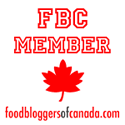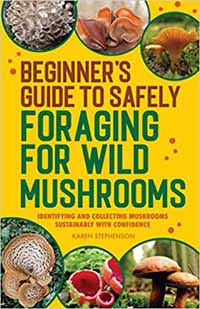

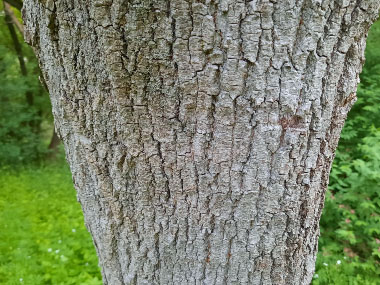


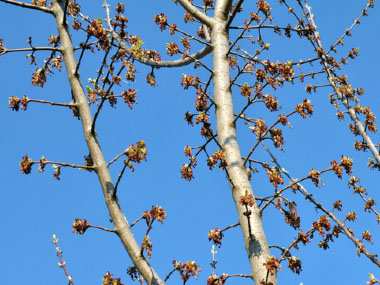
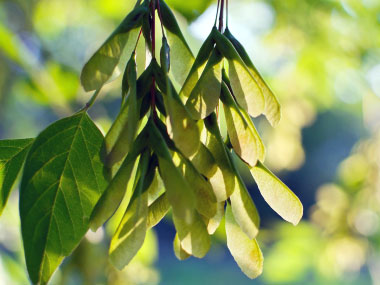
To support our efforts please browse our store (books with medicinal info, etc.).
Box Elder is a suckering, fast-growing, medium-sized, deciduous tree. It is short-lived deciduous tree native to North America. Recognized for its compound leaves and adaptability, Box Elder thrives in a variety of environments from riparian zones to urban landscapes. Native Americans found several medicinal uses for boxelder’s inner bark. It was sometimes used to treat respiratory conditions, kidney infections, paralysis, and swellings, and other ailments. It is also known as ashleaf maple, boxelder maple, elf maple, maple ash, or Manitoba maple.
Trunk/Bark
Young bark has interlaced shallow ridges that becomes deeply furrowed with age. Bark color ranges from light brown when young to pale gray as it matures. Trunk diameter averages 60 to 90 cm (2 to 3') at maturity but can grow as large as 1.5m (5').
Branches/Twigs
Twigs are moderately slender with conspicuous white lenticels. They are smooth green to olive turning brownish/purple with age. Large leaf scars are crescent-shaped and nearly surround the circumference of the twig. The upper branches sweep upward to form an oval to rounded crown.
Height
Medium to large typically reaching 15–27 m (50–90 ft), but occasionally to 38 m (125 ft).
Leaves/Needles
Leaves are pinnately compound. They grow opposite. Box elder leaves measure 13 t0 30cm (5 to 12") long are oddly pinnate with usually 3 to 5 leaflets (occasionally 7 to 9). The lateral leaflets are born on short petioles and are attached to a slender rachis that often becomes reddish at maturity. The upper surfaces of the leaflets are light green. The lower surfaces are a paler, grayish-green, and slightly pubescent. Leaves turn yellow in fall.
Flowers
Flowers are unisexual, dioecious flowers that appear before or with the leaves in early April to mid-May depending on location. Flowers are greenish-yellow and have 5-lobed, hairy calyces. Male flowers have 3 to 6 stamens and 5 sepals. Female flowers hang in dangling bundles, have a single pistil with a deeply-forked style and reddish sepals.
Fruit
Box elder fruit consists of a single seed with an attached samara. Boxelder samaras appear in mid-spring in V-shaped pairs that hang in drooping clusters. The seed ripens in the fall and interestingly, samaras often persist on the tree through the following winter.
Habitat
Box elder grows throughout Canada and the U.S. but generally the central and eastern areas. Europeans, Asians, and Australians have introduced boxelder to their respective continents where it has become naturalized. Boxelder can be found in a wide range of soil conditions but is most frequent in nutrient-rich, moist soils. Boxelder is intolerant of deep shade.
Edible Parts
Box elder sap can be boiled down into syrup. Young leaves, buds, and flowers are edible, although a touch bitter. Cooking reduces bitterness. The seeds can be eaten cooked, but raw seeds are often bitter, and the inner bark is an emergency food source that can be dried and powdered.
Other Name
Manitoba Maple.
Recipes
Winter Survival Food Handbook

PDF Plant Magazines
Types of Wild Food
Geographic Zones Seasons
Disclaimer
EdibleWildFood.com is informational in nature. While we strive to be 100% accurate, it is solely up to the reader to ensure proper plant identification. Some wild plants are poisonous or can have serious adverse health effects.
We are not health professionals, medical doctors, nor are we nutritionists. It is up to the reader to verify nutritional information and health benefits with qualified professionals for all edible plants listed in this web site. Please click here for more information.
Why Edible Wild Food?
- Food costs are rising
- Free, wild food is readily abundant
- Wild food adds nutrition to your diet
- Wild food can help treat various medical conditions
